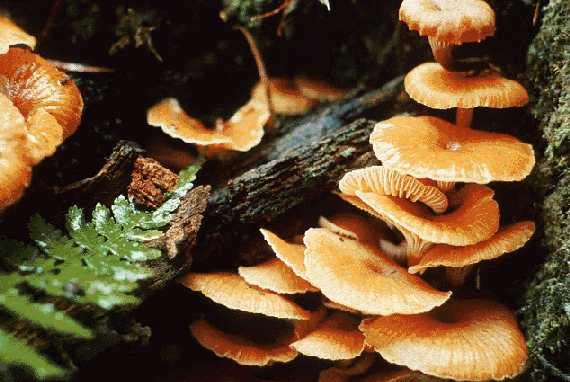- Prokaryota
- Protoctista
- Fungi
- Plantae
- Animalia
- Unicellular
- Prokaryotic
- Cell wall= Plysaccharide + amino acid (Non-cellulose)
- Autotrophic or heterotrophic
Protoctista:
- Most forms are unicellular
- Cell wall is present in some forms and varies
- Photosynthetic/Heterotrophic or a combination
- Chloroplasts are present in some forms
- Contains Mitochondria
- Contains histone proteins associated with DNA
Fungi:
- Multicellular (except yeast=unicellular)
- Cell wall= Chitin + other non-cellulose polysaccharides
- Its method of nutrition is external digestion using enzymes, absorbtion of soluble products, saprotrophic.
- Contains Mitochondria
- Contains histone proteins associated with DNA
Plantae:
- Eukaryotic
- Cell wall= Cellulose + other polysaccharides
- Photosynthetic (using chlorophyll a + chlorophyll b)
- Contains Chloroplasts
- Contains Mitochondria
- Contains histone proteins associated with DNA
Animalia:
- Multicellular
- Eukaryotic
- No cell wall
- Heterotrophic (ingestion)
- Contains Mitochondria
- Contains histone proteins associated with DNA


